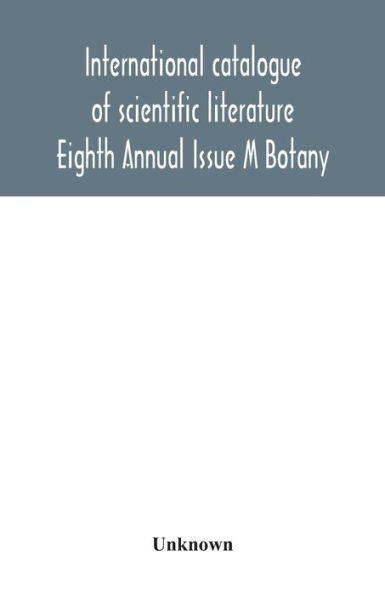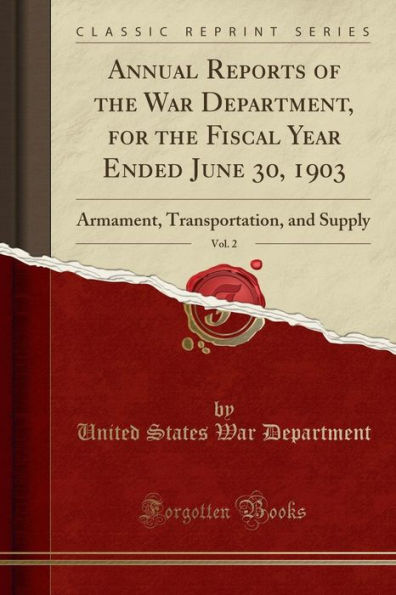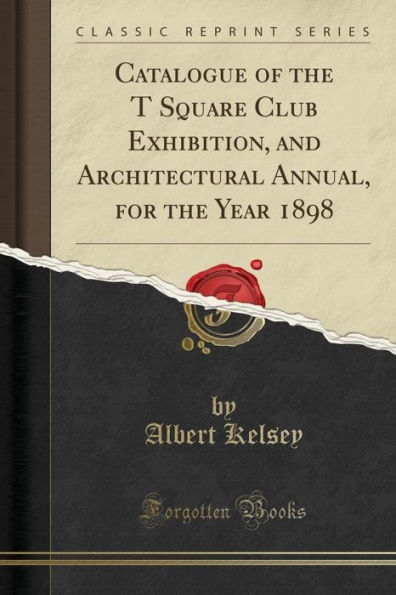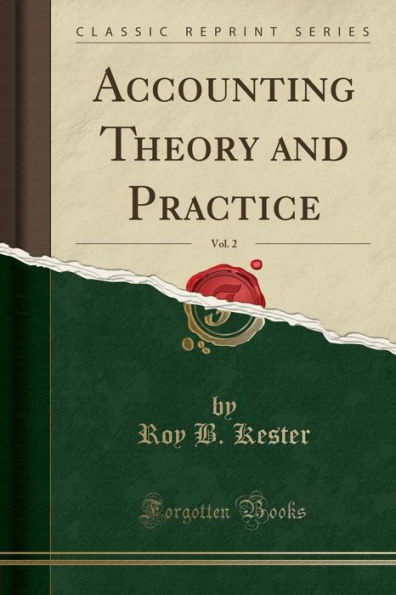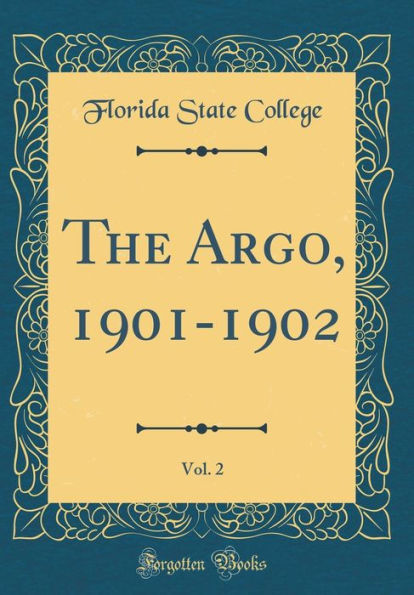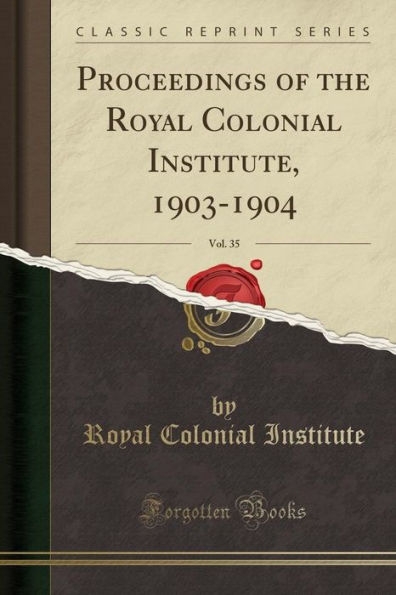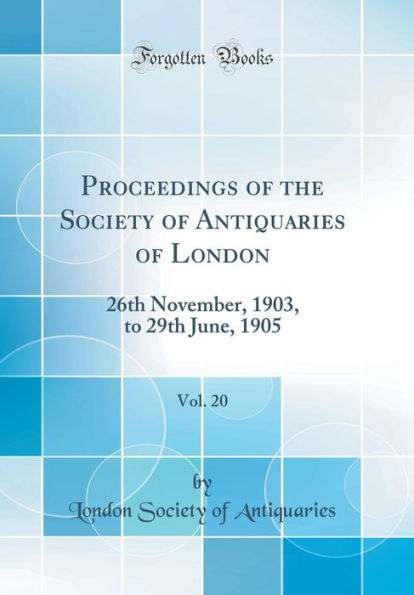Home
International Catalogue of Scientific Literature, 1903, Vol. 2: First Annual Issue; D, Chemistry, Part II (Classic Reprint)
Barnes and Noble
International Catalogue of Scientific Literature, 1903, Vol. 2: First Annual Issue; D, Chemistry, Part II (Classic Reprint)
Current price: $20.57
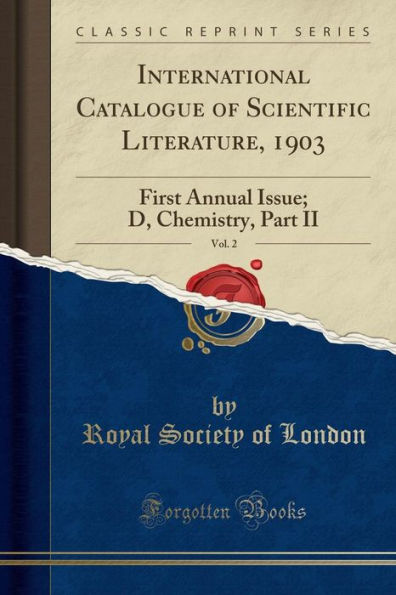

Barnes and Noble
International Catalogue of Scientific Literature, 1903, Vol. 2: First Annual Issue; D, Chemistry, Part II (Classic Reprint)
Current price: $20.57
Size: OS
Loading Inventory...
*Product information may vary - to confirm product availability, pricing, shipping and return information please contact Barnes and Noble
Excerpt from International Catalogue of Scientific Literature, 1903, Vol. 2: First Annual Issue; D, Chemistry, Part II
It was unanimously resolved that it was desirable to compile and publish, by means of an international organisation, a complete Catalogue of Scientific Literature, arranged according both to subject matter and to authors' names, in which regard should be had, in the first instance, to the requirements of scientific investigators, so that these might find out, with a minimum of trouble, what had been published on any particular subject of enquiry.
It was agreed that the material should, as far as possible, be collected in the various countries by local organisations established for the purpose, and that the final editing and publication Of the Catalogue should be entrusted 'to a Central international Bureau. Acting under the direction of an International Council. It was agreed to establish the Central Bureau in London.
About the Publisher
Forgotten Books publishes hundreds of thousands of rare and classic books. Find more at www.forgottenbooks.com
This book is a reproduction of an important historical work. Forgotten Books uses state-of-the-art technology to digitally reconstruct the work, preserving the original format whilst repairing imperfections present in the aged copy. In rare cases, an imperfection in the original, such as a blemish or missing page, may be replicated in our edition. We do, however, repair the vast majority of imperfections successfully; any imperfections that remain are intentionally left to preserve the state of such historical works.
